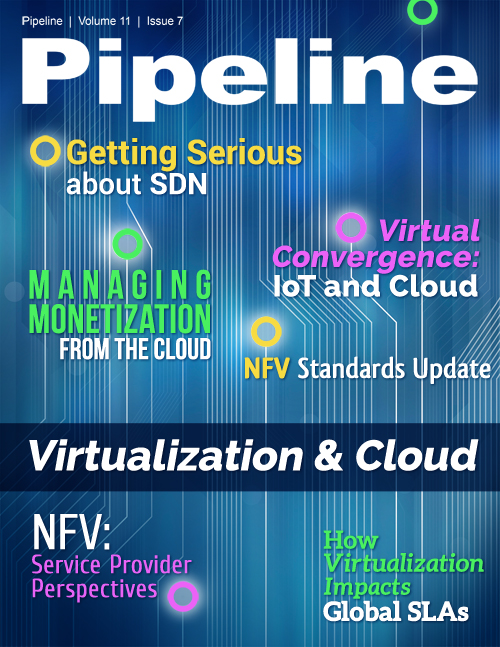The Impact of Virtualization on Global SLAs
Amazon
On the other end of the spectrum is a low-cost, very popular public cloud provider, Amazon. In the SLA for Amazon’s EC2 and EBS cloud service, it guarantees a monthly uptime percentage of 99.95 percent. In the event Amazon EC2 or Amazon EBS uptime falls below 99 percent, service providers are eligible to receive a credit of 30 percent.
Deutsche Telekom
Beyond its Made in Germany initiative and strict security policies, Deutsche Telekom focuses on customer experience with its International Premium Service Level Agreements (IPSLA), because, let's face it, even the best things break sometimes in the digital world. For customers, the way in which an outage or aberration from the SLA is handled is paramount. DT's IPSLA provides important Key Performance Indicators (KPIs) such as network quality, reaction time and processing speed. They also show the success rates of SMS and email transmissions as well as call setup and terminations. The KPIs are measured, reported and, if need be, also sanctioned. These components give customers the kind of transparency required to really see how performance parameters are delivered. DT also provides qualified experts for enterprise customers, including International customer service managers, International technical key account managers, a 24/7 technical helpdesk, and fast incident management. Additionally, there are mobile data services engineers on hand to solve infrastructure issues, set up Mobile IP VPNs, and provide fault analysis and restoration.
A dynamic, global SLA
Like many things in life, when it comes to global SLAs in a virtualized environment, you get what you pay for. A low-cost solution like Amazon simply doesn't offer the type of carrier-grade reliability to run, say, a global managed healthcare data solution. However, for an application like basic data backup, Amazon might fit the bill. The use case in many ways defines the best SLA. Further, in the presence of virutalization, the SLA itself is becoming more dynamic as it must accommodate the nature of the evolving network. As service providers continue to leverage cloud and NFV, SLAs should be designed reflect the new network. This will require new service assurance and monitoring tools, greater transparency, and a desire to break from the static molds of the past.



















